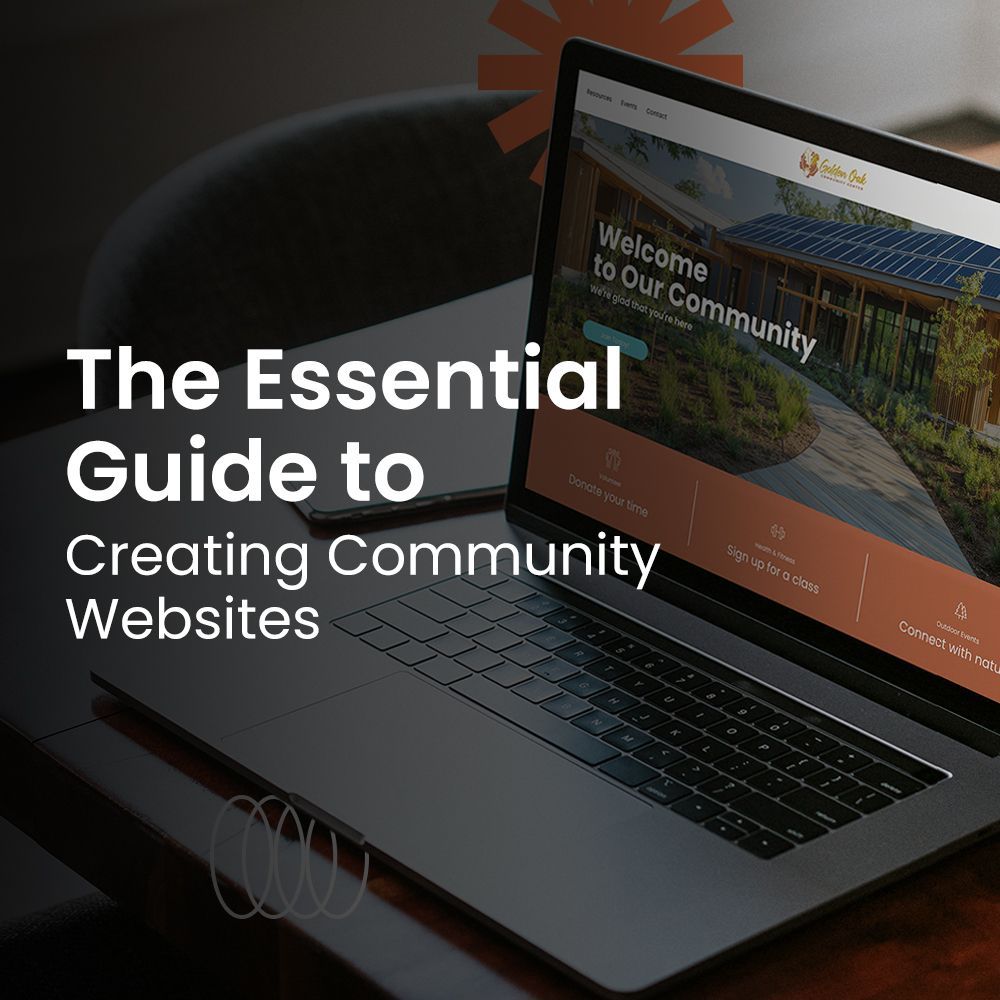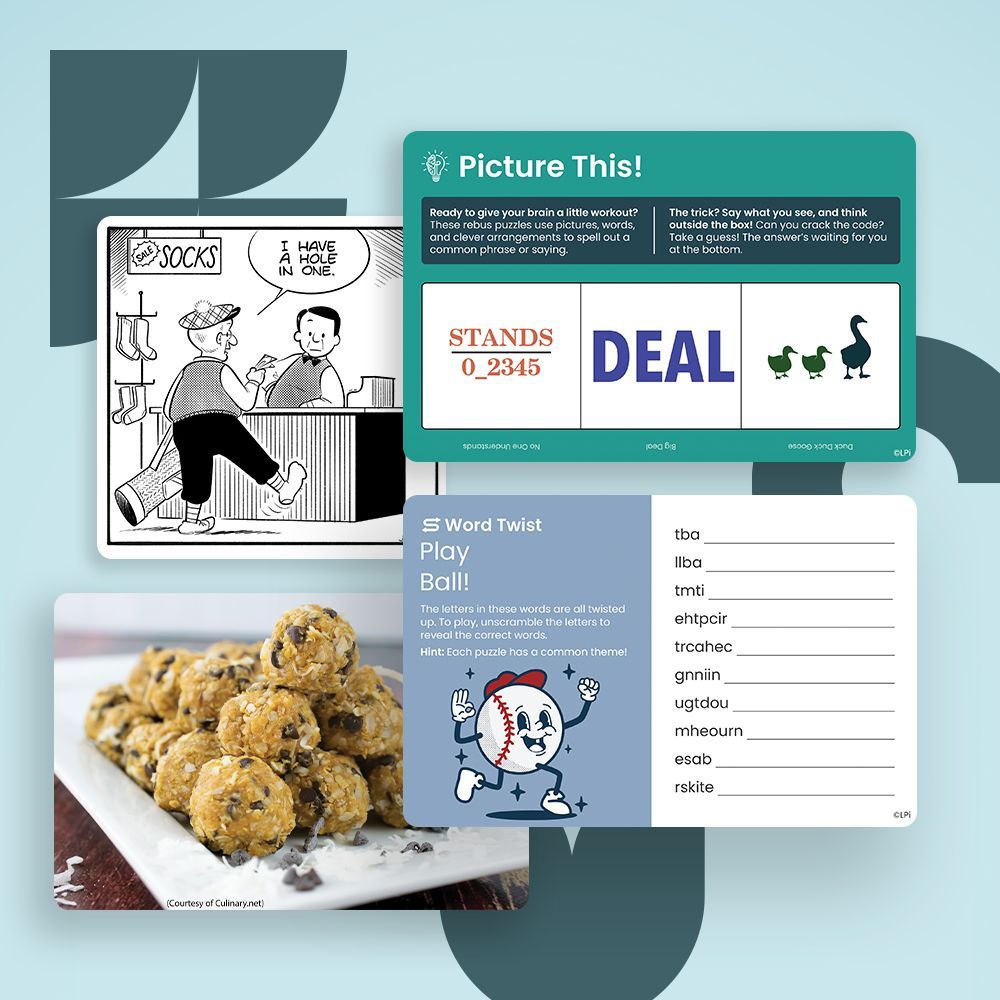How to Create the Best Blog for Your Organization and WHY You Should Start One Today

A content marketing strategy that can help improve traffic to your community center’s or nonprofit's website is creating and maintaining a blog. Not only does it help build the size of your website, it also sends a signal to search engines that you are still around and the site hasn’t been abandoned. And there are plenty of other ways organizations can benefit from blogging.
If you haven’t already started a blog, here are a few great reasons to dive in followed by some tips to get you started!
The Benefits of Having a Blog on Your Website
- Brings more and targeted traffic: There’s no doubt about it, having a blog improves your visibility. According to the experts at HubSpot, having a blog can increase traffic to your website by 55%. That statistic alone likely makes developing a blog worth your time.
- Positions you as an expert: Most senior centers and community organizations have a wide range of professionals and volunteers who have expertise in a variety of different fields. They can all make great writers for your blog! You’ll benefit from being seen as the experts in key areas ranging from good nutrition to healthy aging.
- Gives you social media content: Having a blog will give your social media coordinator quality information to share. While it’s always a good practice to share social media posts and links to news and events happening outside your organization, having unique resources of your own creates value and credibility.
- Encourages engagement: Blog posts also encourage engagement with visitors. They are more likely to be shared with friends and family if the topics are relevant and valuable. For example, an adult child might read a post on fall prevention and send it to her siblings to review, too.
- Grows your email list: A strong email list is an invaluable asset to your community organization. It gives you the ability to reach out and communicate directly. No worries over whether your Facebook post or tweet will reach people or if they’ll find and visit your website. You control what goes out and how often. Having a blog creates another opportunity to encourage subscribers. You can provide added value by offering a unique piece of gated content that visitors receive in exchange for sharing their email address.
How nto Properly Starting a Blog For Your Organization
First, if you don’t already know if your website has a blog feature or how to add one, you’ll first need to determine that by talking with your web developer. Many sites have this ability, even if it hasn’t been enabled yet. While your tech support consultant or ad agency is working on that, you and your team can decide on what content you want on your blog. If you feel lost, we can help!
Tips to help you get your blog up and running:
- Locate writers and editors: Consider what resources you have on your team or in your volunteer base. While everyone thinks they are a great writer, you’ll likely find only a few who are. Those people can contribute to your blog on a regular basis. You’ll also need a person or two who can act as editors. They’ll review and finesse every article before it’s published. If you don’t have this talent available, and most organizations won’t, consider outsourcing it to a freelancer. It’s an important part of presenting a professional blog to the world.
- Develop a strategy: You’ll also need to decide what the goals of your blog are and how to best achieve them. That includes everything from how often you can realistically publish new articles to what topics each person will write about. One tip is to moderate how much content you create at first. Remember that your team members and volunteers will be doing this in addition to their regular duties. Don’t burn them out in the first few months.
- Use Professional Imagery: Your readers will expect your blogs to include professional-looking digital imagery. Some pieces may call for graphic images, some for photography, and some for a mix of both. You can save a ton of time and effort in this area by subscribing to a pre-curated library of content, like WeCreate, that is especially designed to be used in blogs and other digital media.
- Create a quarterly calendar: While some blog publishers create content calendars for six or twelve months at a time, you’ll probably find it more helpful to start with a quarter. Sit down with your team to throw around ideas for topics. Consider seasonal topics that people always search for (e.g., sunscreen basics for summer or snow shoveling safety for winter). Then factor in your team’s areas of expertise and include those. Before long, you’ll have a great list to work from. As you go forward, you’ll want to check your analytics and social media engagements to see what is and isn’t connecting with people. How to Plan a Content Calendar for Your Newsletters and Blog has more tips you’ll likely find useful.
One final resource you might want to review with anyone on your team who will be involved in writing and launching the blog is Gated Versus Ungated Content. It will be helpful as you try to use your blog to expand your email list.
Need guidance with your new website or website redesign? Reach out to us! Our team of designers is well versed in the creation and cultivation of community websites like yours using our effortless website tool, WeConnect.
Updated on 11-11-2025




